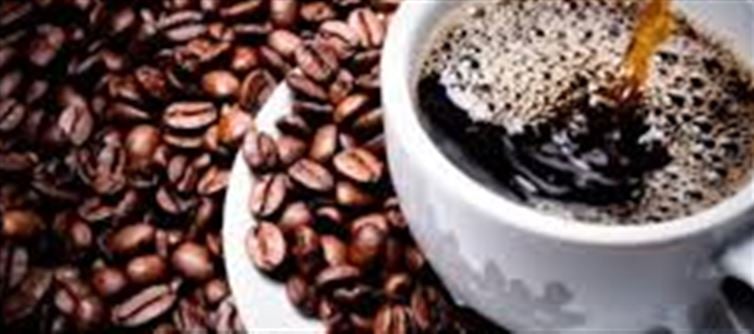
Coffee isn’t just a drink—it’s an experience. The brewing method you choose can completely change the taste, texture, and aroma. Here are seven popular techniques to experiment with at home:
1. French Press
· Method: Steep coarse coffee grounds in hot water for ~4 minutes, then press with a plunger.
· Flavor Profile: Bold, full-bodied, and rich; retains natural oils.
· Best For: Lovers of strong, earthy coffee with a heavy mouthfeel.
2. Pour-Over (V60 or Chemex)
· Method: Slowly pour hot water over coffee grounds in a paper filter for controlled extraction.
· Flavor Profile: Clean, aromatic, and delicate.
· Best For: Those who enjoy subtle flavors and a lighter brew.
3. Espresso Machine
· Method: Forces hot water under high pressure through finely ground coffee.
· Flavor Profile: Concentrated and intense, topped with crema.
· Best For: Fans of strong coffee or café-style drinks like cappuccinos and lattes.
4. Moka Pot (Stovetop Espresso)
· Method: Uses steam pressure to push water through coffee grounds on the stovetop.
· Flavor Profile: Strong and robust, similar to espresso but less intense.
· Best For: people who want strong coffee without an espresso machine.
5. Cold Brew
· Method: Steep coffee grounds in cold or room-temperature water for 12–24 hours.
· Flavor Profile: Smooth, mellow, naturally sweet, and low-acid.
· Best For: Anyone who prefers a refreshing, less acidic coffee.
6. AeroPress
· Method: Combines immersion and air pressure to brew coffee in ~2 minutes.
· Flavor Profile: Versatile—can make espresso-style shots or lighter brews.
· Best For: Experimenters and travelers who love portable brewing.
7. Turkish Coffee
· Method: Simmer very finely ground coffee with water (and sugar if desired) in a cezve pot.
· Flavor Profile: Thick, strong, unfiltered, with a layer of foam.
· Best For: Those who enjoy intense coffee with a rich cultural tradition.
☕ Tip: Each method highlights different flavors and textures, so try multiple techniques to discover your perfect cup.
Disclaimer:
The views and opinions expressed in this article are those of the author and do not necessarily reflect the official policy or position of any agency, organization, employer, or company. All information provided is for general informational purposes only. While every effort has been made to ensure accuracy, we make no representations or warranties of any kind, express or implied, about the completeness, reliability, or suitability of the information contained herein. Readers are advised to verify facts and seek professional advice where necessary. Any reliance placed on such information is strictly at the reader’s own risk..jpg)




 click and follow Indiaherald WhatsApp channel
click and follow Indiaherald WhatsApp channel